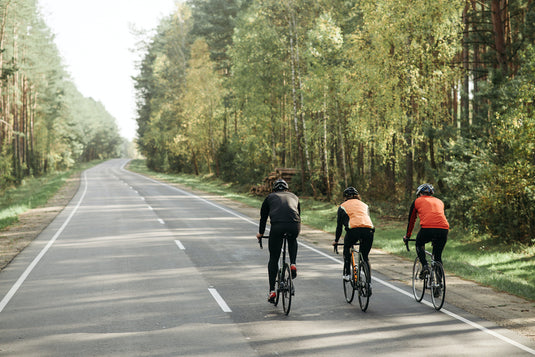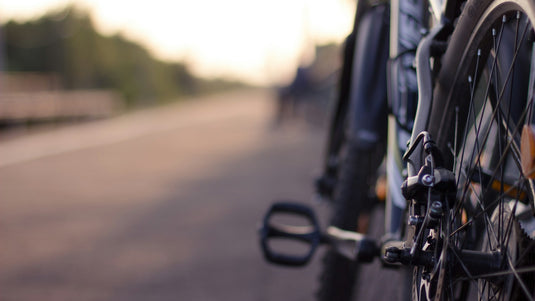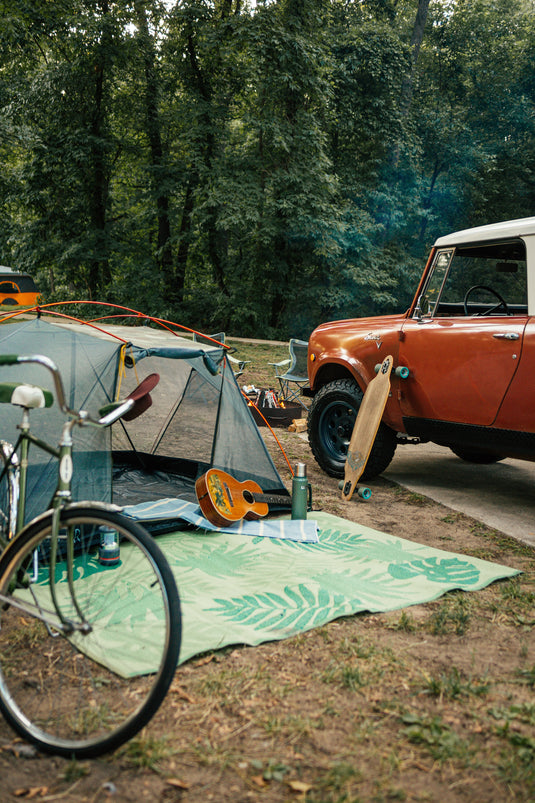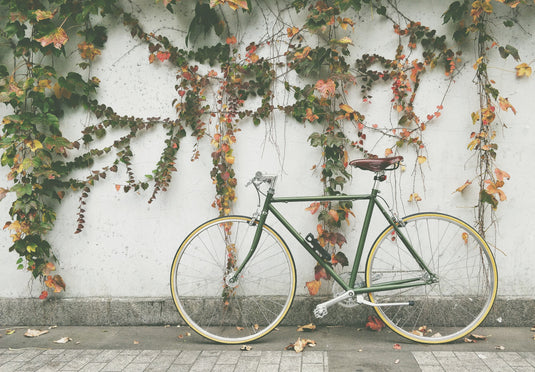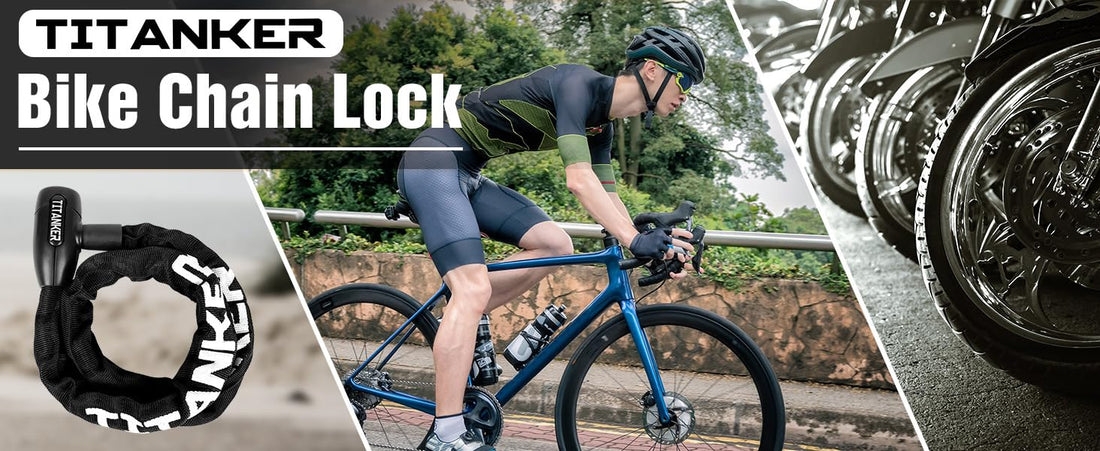
Why do you need a chain lock?
As a new bike owner, there are a few necessities you should purchase alongside your bike: a helmet, bottle cages, bike lights, and a bicycle chain lock. It may be tempting to skip these extra items when purchasing a bike, especially a security anti-theft bike lock. However, it's a crucial bike accessory you won't want to go without.
Bike chain locks help you secure your bike while away from home, helping you prevent bike theft. Chain locks are typically more secure than folding locks or a cable lock. They're also more versatile than a u lock. A chain lock is flexible enough to fit around many objects, from the metal pole on a bike rack to a tree, making it an excellent choice for anti-theft protection. Additionally, chain locks are easily portable as you can loop them around your bike or carry them in a backpack during transit.
Continue reading to learn more about the essential characteristics of a bicycle chain lock to help you find the right option.
When do you need a chain lock?
Many scenarios call for a chain lock, from errands to heading to work or school for the day. Anytime you’re traveling to a crowded place with your bike, it’s a good idea to use a chain lock. Crowded locations are also great for bike storage, as anyone who tries to cut or destroy your lock will draw attention to themselves.
It’s important to note that if you ride your bike to a store and lock it next to an unlocked bike, the unlocked bike is much more likely to be taken as it requires less work.
What should you consider when selecting a bike lock?
Selecting the correct chain lock doesn't have to be challenging; keep an eye out for the below characteristics, and you'll find one suitable for keeping your bicycle safe.
Choose a Suitable Unlocking Mechanism
The first step in selecting the correct security anti-theft bike lock is choosing whether a key or code is best. While both options can help prevent a thief from taking your bike, breaking a chain lock with a key is much more challenging.
Generally, bike chain locks with a key locking mechanism require a specialized device to pick or open the lock. A chain lock with a code is much easier to "crack." Since chain locks are easier to get into, it's more likely bike thieves will try to steal a bicycle with this type of lock.
Choose Different Thicknesses for Different Scenarios
Bike chain locks are made from steel links that are interconnected. In many cases, these links are covered with nylon to help protect the chain. These chains come in different thicknesses, which are best for specific scenarios. Below, you'll find details on the benefits of typical chain link thicknesses.
Under 13mm Bike Locks
Bike chain locks under 13mm are easy to store on your bike, as they're lightweight. These chain locks are ideal for those who travel further on their bikes throughout the week and don't want to be weighed down. Depending on the material and angle of the chain link, it may be easier to cut through smaller bike locks with medium-sized bolt cutters.
13mm-15mm Chain Locks
Medium-sized chain locks are not as easily cut. However, they add a good amount of bulk to a bike and can slow you down. They're not as easy to carry on the bike, either.
Over 16mm Bicycle Locks
Generally, one cannot cut through a 16mm+ chain lock. However, these locks are quite heavy and large, so they're challenging to travel with. These are only ideal if you need to lock up your bike at home, hence the name stationary chain lock.
Overall, the smallest chain locks are typically more than sufficient for keeping your bike safe. A good-quality security anti-theft bike lock will take you far, especially one that is easier to travel with.
In need of a secure bike lock? This Titanker bike chain lock comes in multiple thicknesses, from 6mm to 10mm, depending on the portability you want. This secure lock features heavy-duty chain links, which are cut-resistant for power tools. It's important to remember that no bike lock is 100% secure, so take as many precautions as you can. These precautions can include avoiding leaving your bicycle in areas with high crime rates, securing your bike to something sturdy, storing your bike in busier areas, and ensuring your bike is only locked up for short periods.

